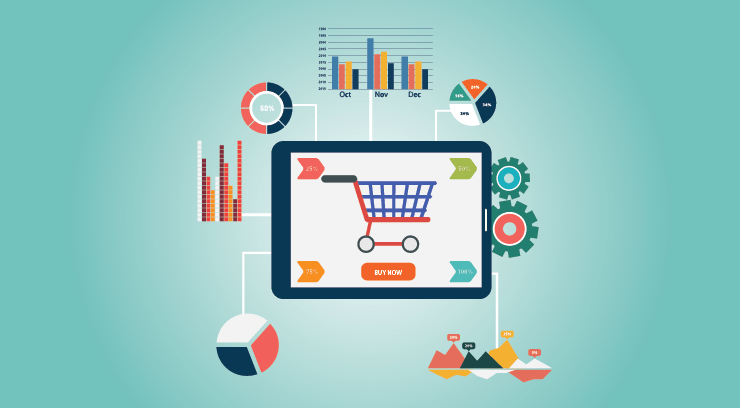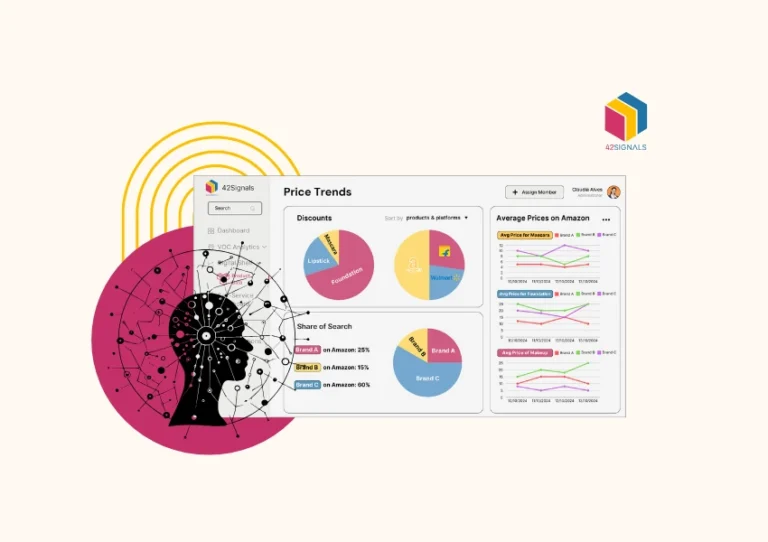Data is the crown jewel in retail that can unlock the doors to growth and profitability. The digital revolution has significantly transformed the retail landscape, making the skillful utilization of data a pivotal factor for success. This leads us to the world of retail analytics, pricing analytics, and pricing intelligence tools, a powerful trio that equips retailers with the knowledge needed to make well-informed decisions, enhance pricing strategies, and sustain a competitive advantage.
Throughout this comprehensive guide, we will delve into the intricacies of retail analytics, shedding light on the crucial roles played by pricing analytics and pricing intelligence tools in bolstering the profitability of retail enterprises.
Understanding Retail Analytics & Its Importance
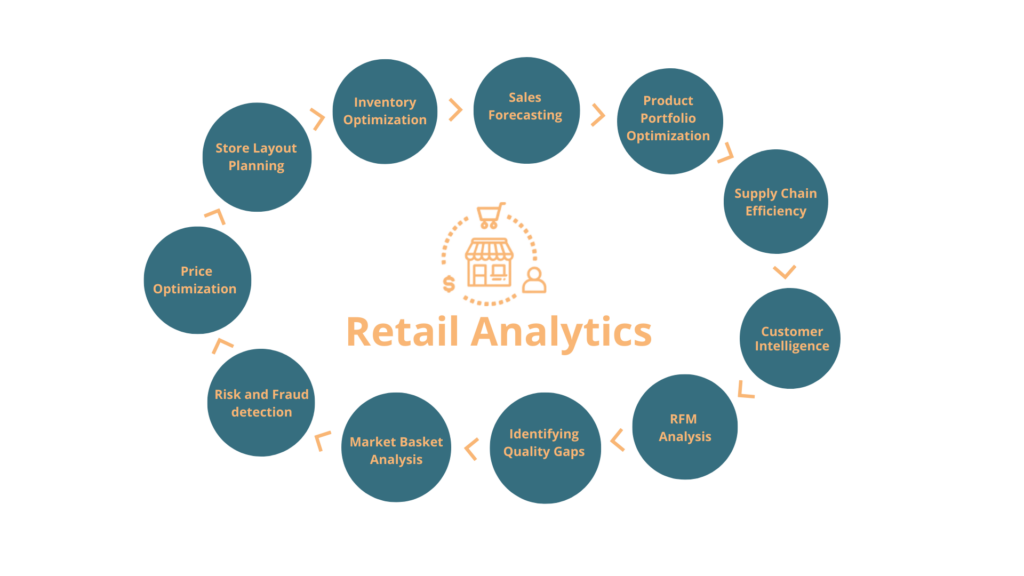
Image Source: Virtue Analytics
Retail analytics involves the collection, interpretation, and utilization of data to extract valuable insights into customer behavior, streamline operational procedures, and base decisions on data-derived intelligence.
This encompasses the thorough analysis of diverse data sources, including sales figures, customer demographics, inventory status, and pricing details, with the aim of uncovering patterns, trends, and potential avenues for enhancement.
The significance of retail analytics cannot be emphasized enough. Through proficiently harnessing data, retailers can acquire a more profound comprehension of their customer base, pinpoint areas in need of refinement, monitor sales performance, fine-tune pricing tactics, and ultimately propel growth and bolster profitability.
The Power of Pricing Analytics in Retail
One crucial aspect of retail analytics is pricing analytics. Pricing analytics stands as a cornerstone for a retailer’s triumph. Fine-tuning pricing strategies can yield substantial results, influencing sales volume, profit margins, and the overall prosperity of the business.
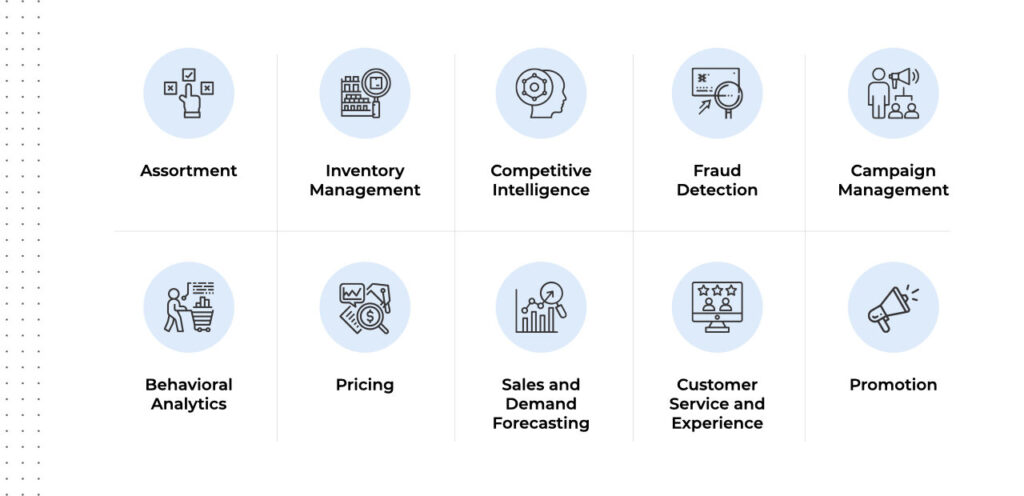
Pricing analytics enables retailers to delve into historical sales data, market trends, competitor pricing, and customer behavior, enabling them to pinpoint the most advantageous pricing levels.
By using advanced algorithms and statistical models, retailers can identify pricing opportunities, such as setting the right price point to maximize revenue or introducing dynamic pricing strategies to adjust prices based on demand and competition.
Leveraging Pricing Analytics for Competitive Advantage
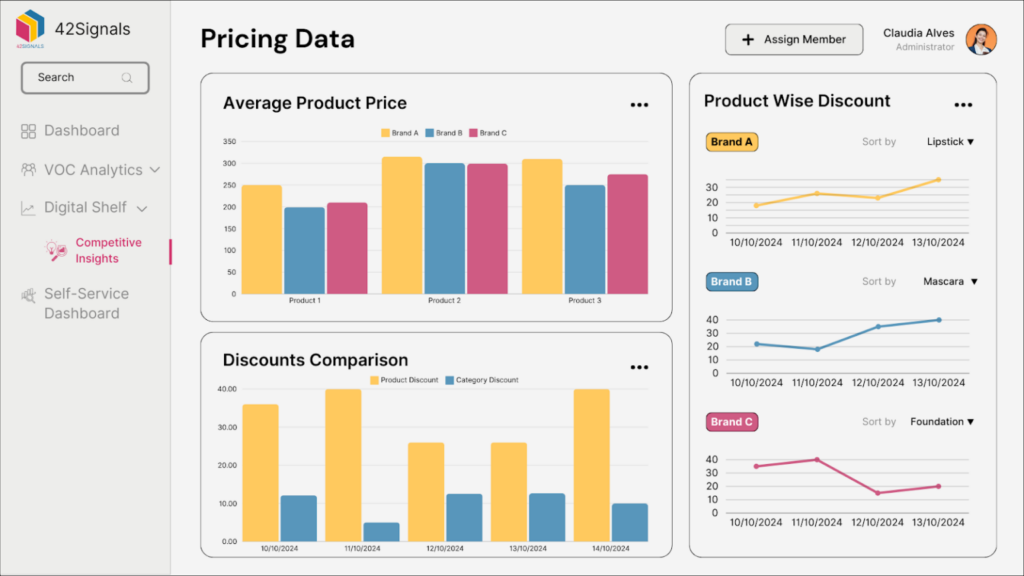
In today’s fiercely competitive retail landscape, pricing analytics can bestow significant advantages upon businesses. Below, we explore how retailers can employ pricing analytics to foster growth and bolster profitability:
Dynamic Pricing Strategies
With pricing analytics tools, retailers can flexibly adapt their pricing in response to real-time market dynamics, competitor pricing trends, and other external variables.
This adaptability empowers them to elevate prices during periods of heightened demand and reduce them to attract cost-conscious customers, thereby optimizing revenue and market share.
Price Optimization
Pricing analytics serves as a valuable asset for retailers in identifying the most advantageous price points for their products, enabling them to maximize profit margins.
By scrutinizing market data, gauging customer demand, and assessing competitor pricing, retailers can pinpoint the pricing sweet spots that strike the right balance between sales volume and profitability.
Promotional Pricing Analysis
Retailers often employ promotional pricing strategies to stimulate sales and draw in new customers.
Pricing analytics facilitates the evaluation of the effectiveness of these promotions by scrutinizing their impact on sales figures, profit margins, and customer behavior.
This data-driven approach empowers businesses to make informed decisions about their future promotional campaigns.
Competitive Pricing Insights
Pricing analytics equips retailers with invaluable insights into the pricing strategies of their competitors.
Through an examination of competitor pricing, retailers can uncover pricing differentials, adjust their own prices accordingly, and attain a competitive edge within the market.
Overcoming Challenges in Retail Analytics
While retail analytics offers immense opportunities for growth and profitability, it also comes with its own set of challenges. Here are some common challenges retailers face when implementing retail analytics strategies and how to overcome them:
Data Integration
Within the retail industry, significant amounts of data are typically dispersed across various systems and departments. Bringing this data together can prove intricate and time-intensive.
To tackle this obstacle, retailers ought to prioritize investments in data management tools and technologies that facilitate smooth integration and consolidation of data.
Lack of Analytical Skills
Analyzing retail data requires skilled data analysts who can interpret complex data sets and extract meaningful insights.
Retailers should invest in training programs or hire data analysts with expertise in retail analytics to overcome this challenge.
Data Security and Privacy
Retailers must ensure the security and privacy of customer data when implementing retail analytics strategies. This requires robust data security measures and compliance with data protection regulations.
By implementing robust security measures and adhering to data protection regulations, retailers can build customer trust and confidence.
Utilizing Pricing Intelligence Tools
To effectively leverage pricing analytics, retailers should consider utilizing pricing intelligence tools.
These tools provide retailers with real-time market data, competitor pricing insights, and pricing recommendations. Here are some popular pricing intelligence tools in the market:
- 42Signals: 42Signals is an e-commerce analytics tool that empowers retailers to monitor competitor prices, analyze market trends, and benchmark their pricing strategies. It offers actionable insights to optimize pricing and gain a competitive advantage.
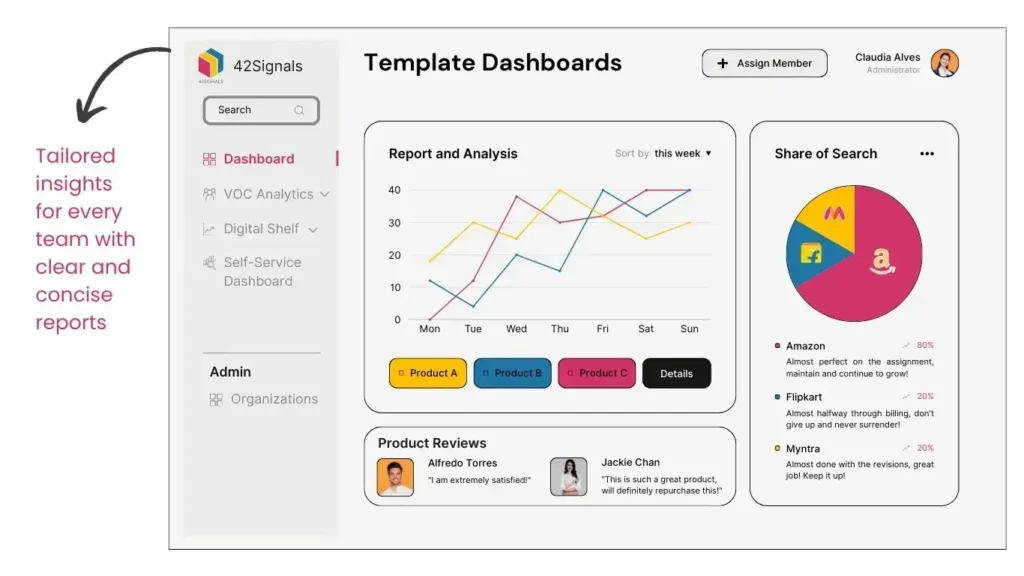
2. Price2Spy: Price2Spy is a comprehensive pricing intelligence tool that helps retailers monitor competitor prices, analyze pricing trends, and optimize their pricing strategies. It provides real-time price monitoring, competitor analysis, and dynamic price adjustment capabilities.
3. Wiser: Wiser is a pricing intelligence platform that helps retailers gather market data, track competitor prices, and optimize their pricing strategies. It offers real-time pricing insights and dynamic pricing capabilities to drive growth and profitability.
By utilizing pricing intelligence tools like Price2Spy, 42Signals, or Wiser, retailers can gain a competitive advantage, optimize their pricing strategies, and drive growth and profitability.
To sum up, retail analytics opens the door to substantial prospects for retailers seeking to enhance their growth and profitability.
Through the utilization of pricing analytics and harnessing the capabilities of pricing intelligence tools, retailers have the potential to fine-tune their pricing strategies, secure a competitive edge, and base their decisions on data-driven insights.
Surmounting the hurdles encountered in retail analytics is pivotal, and committing to investments in data management, analytical expertise, and robust data security measures is paramount for thriving in the retail sector.
Pricing analytics in retail can be a game-changer for your business. Learn how 42Signals’ advanced pricing analytics tools can help you optimize your pricing strategies, improve competitiveness, and drive profitability.
Frequently Asked Questions in Retail Analytics
What are the different types of retail data analytics?
Retail data analytics can be broadly categorized into several types, each serving different purposes to improve operations, customer experience, and profitability:
- Descriptive Analytics:
- Provides insights into what has happened by analyzing past data.
- Example: Sales reports showing trends over specific periods (e.g., monthly or seasonal sales performance).
- Predictive Analytics:
- Uses historical data, machine learning, and statistical models to forecast future trends.
- Example: Predicting demand for specific products based on past trends and upcoming holidays to optimize stock levels.
- Prescriptive Analytics:
- Recommends actions based on predictive models to achieve specific outcomes.
- Example: Suggesting optimal pricing strategies based on forecasted demand and competitor pricing.
- Customer Analytics:
- Focuses on understanding customer behavior, preferences, and segmentation.
- Example: Analyzing purchase history to develop targeted marketing campaigns or personalized recommendations.
- Inventory and Supply Chain Analytics:
- Monitors inventory levels, lead times, and logistics performance to optimize the supply chain.
- Example: Identifying slow-moving products to adjust stock replenishment or prevent overstock.
- Location-Based Analytics:
- Examines geographic data to determine store performance and optimize store placement.
- Example: Analyzing foot traffic patterns to select the best location for a new retail outlet.
What does a retail analyst do?
A retail analyst is responsible for gathering, analyzing, and interpreting retail data to help businesses improve their operations, sales, and profitability. Their key tasks include:
- Sales Analysis:
- Monitoring sales performance to identify trends, opportunities, and areas for improvement.
- Customer Behavior Analysis:
- Analyzing customer data to understand purchasing patterns, preferences, and loyalty.
- Forecasting and Demand Planning:
- Predicting future sales and customer demand to inform inventory planning and prevent stock shortages or overstock.
- Market and Competitor Analysis:
- Assessing market trends and competitor activity to recommend pricing or product adjustments.
- Performance Reporting:
- Creating reports on KPIs like revenue, profit margins, inventory turnover, and customer satisfaction.
- Data Visualization and Insights Communication:
- Presenting data insights to management in an understandable way using dashboards or reports.
How can data analytics be used in retail?
Data analytics can be applied in retail to improve various aspects of the business, from operations to customer experience:
- Personalized Marketing:
- Use customer data to create personalized offers, email campaigns, and product recommendations, improving engagement and loyalty.
- Inventory Management:
- Predict demand to optimize inventory levels, reduce stockouts, and prevent overstock situations.
- Pricing Optimization:
- Analyze historical sales data and competitor prices to adjust pricing strategies and maximize profitability.
- Customer Segmentation:
- Group customers based on behavior, demographics, or purchase history to tailor products, promotions, and services to each segment.
- Supply Chain Optimization:
- Track and analyze supply chain data to identify bottlenecks, reduce delivery times, and improve efficiency.
- Store Performance Evaluation:
- Use location-based data to measure individual store performance and make decisions about store openings, closures, or layout changes.
- Fraud Detection:
- Analyze transactions in real-time to detect unusual patterns that may indicate fraudulent activities.
